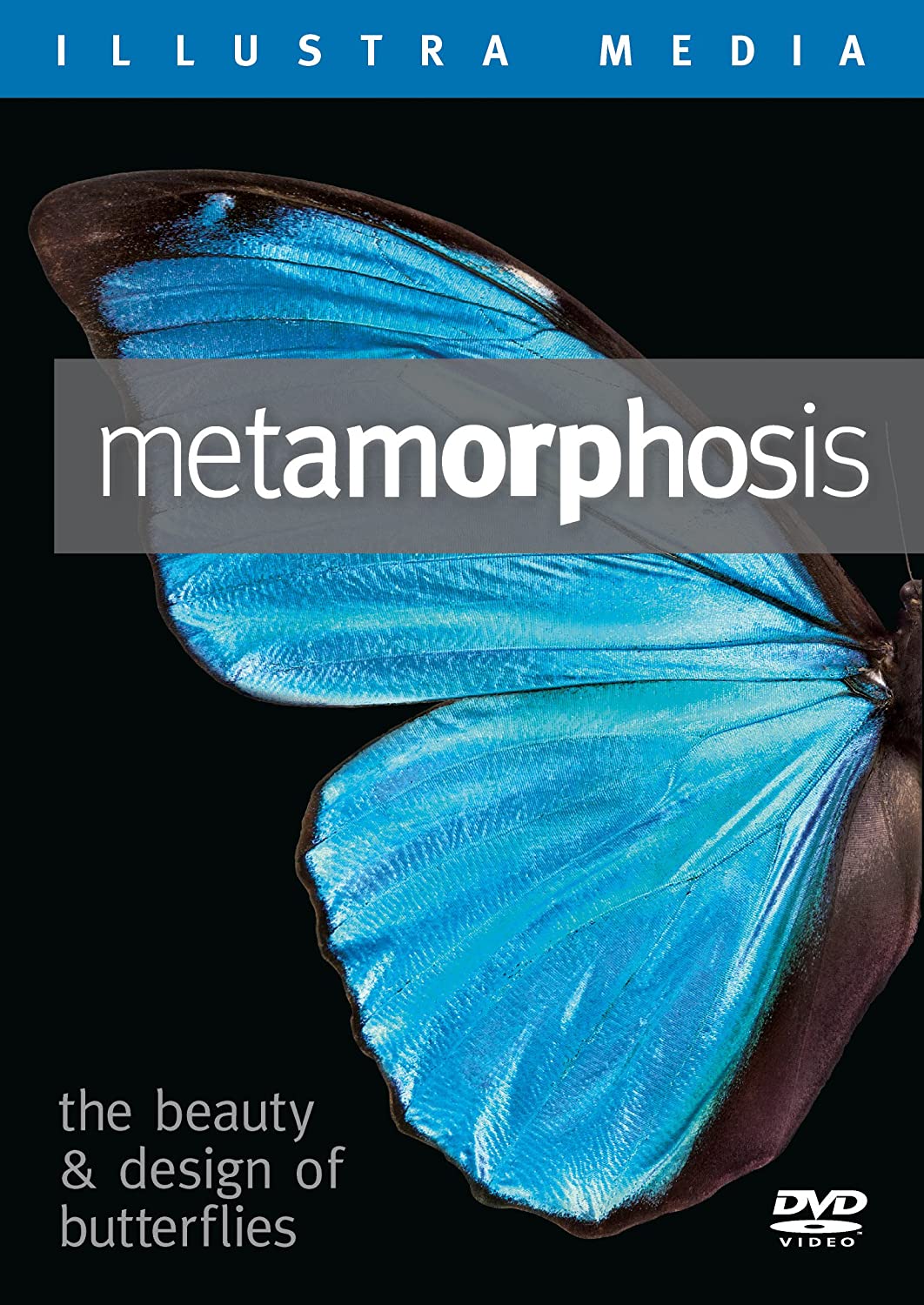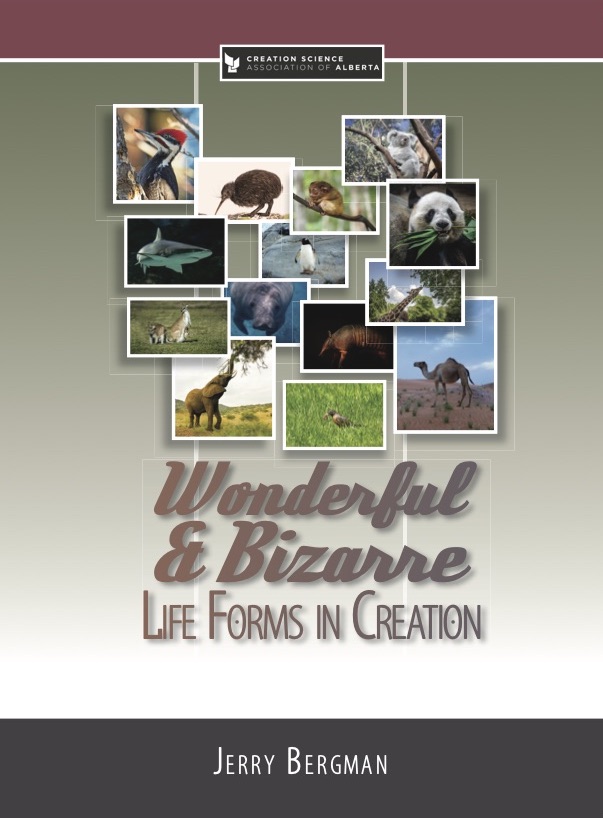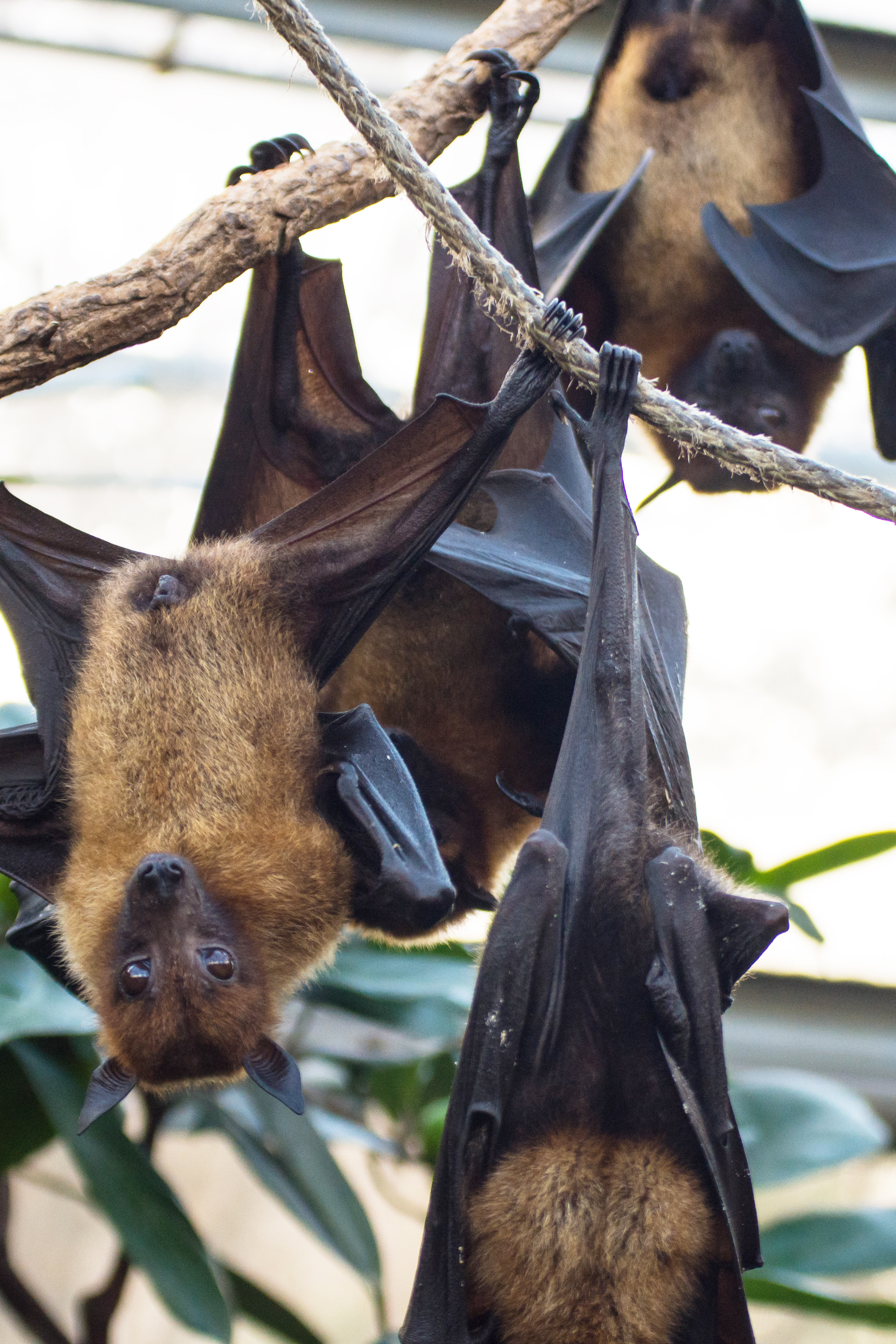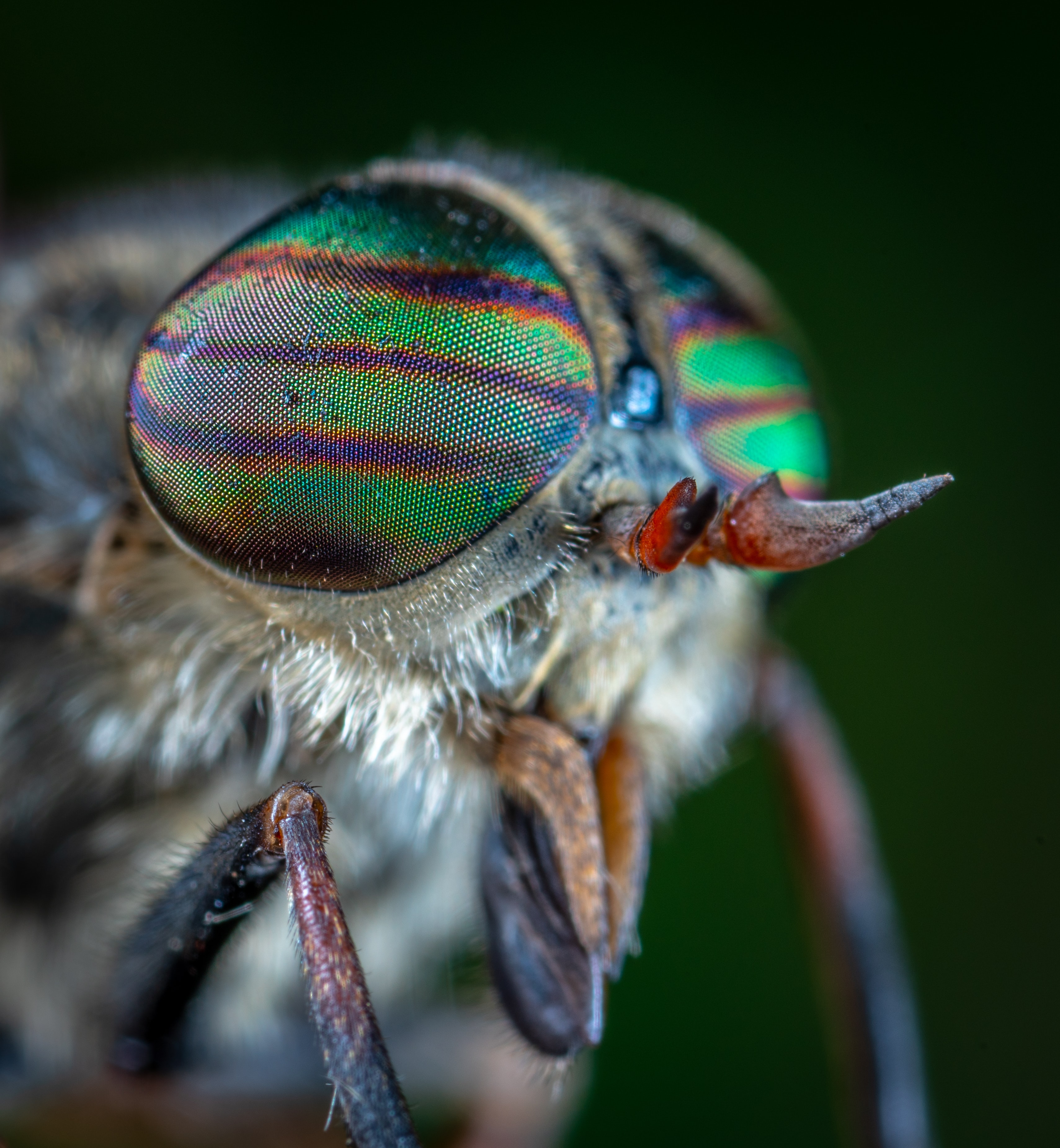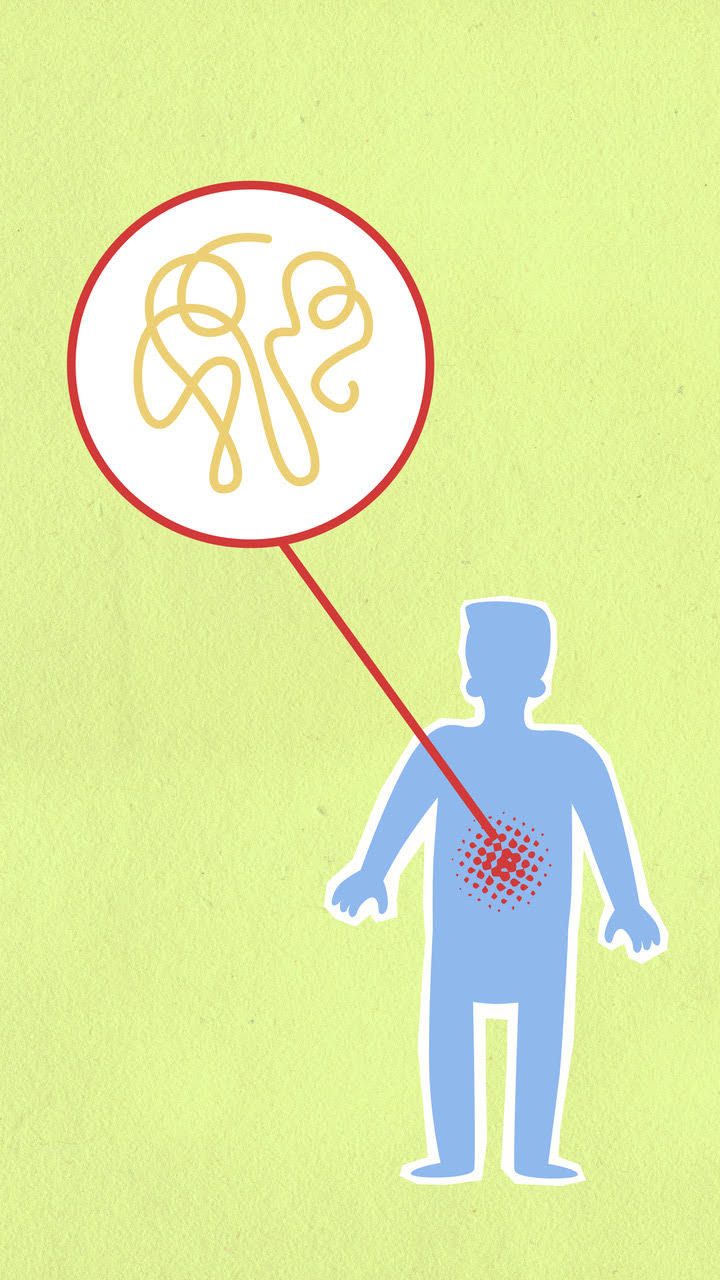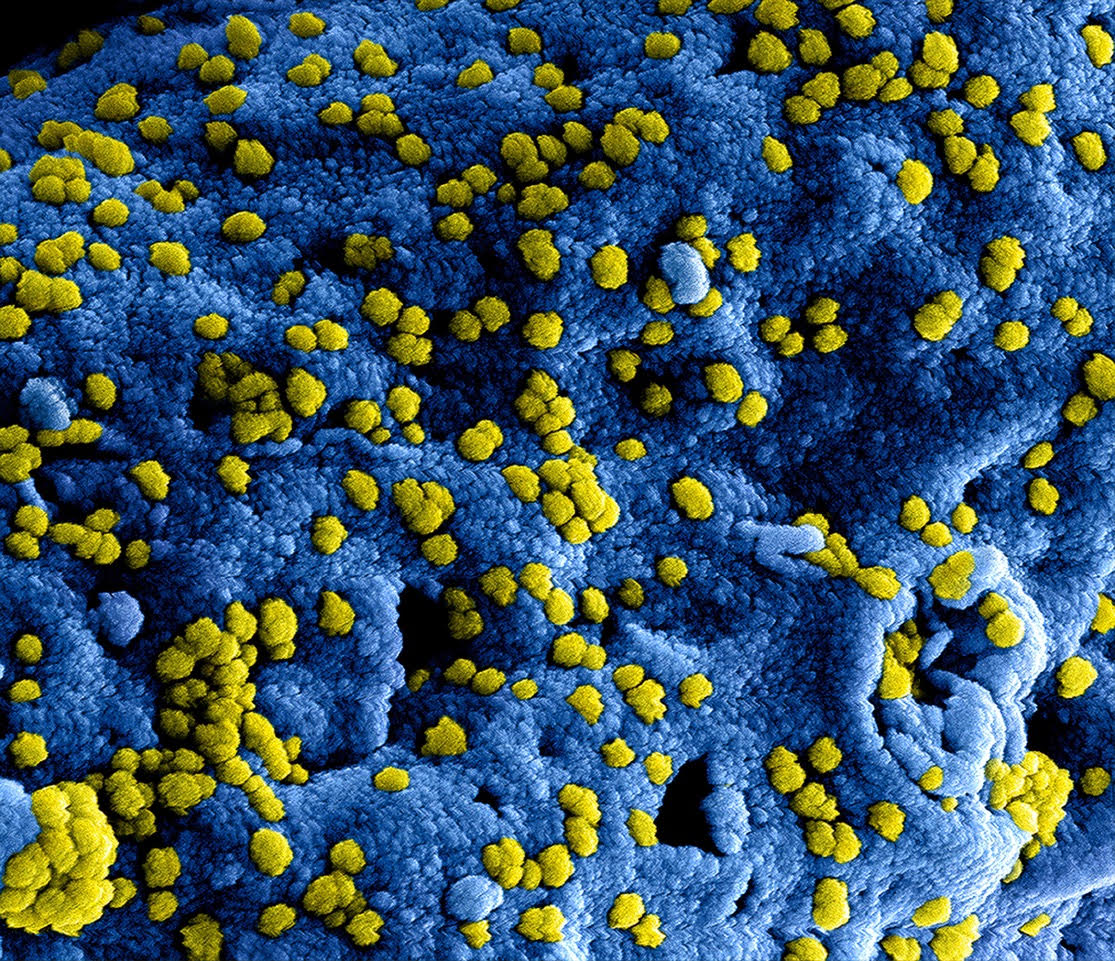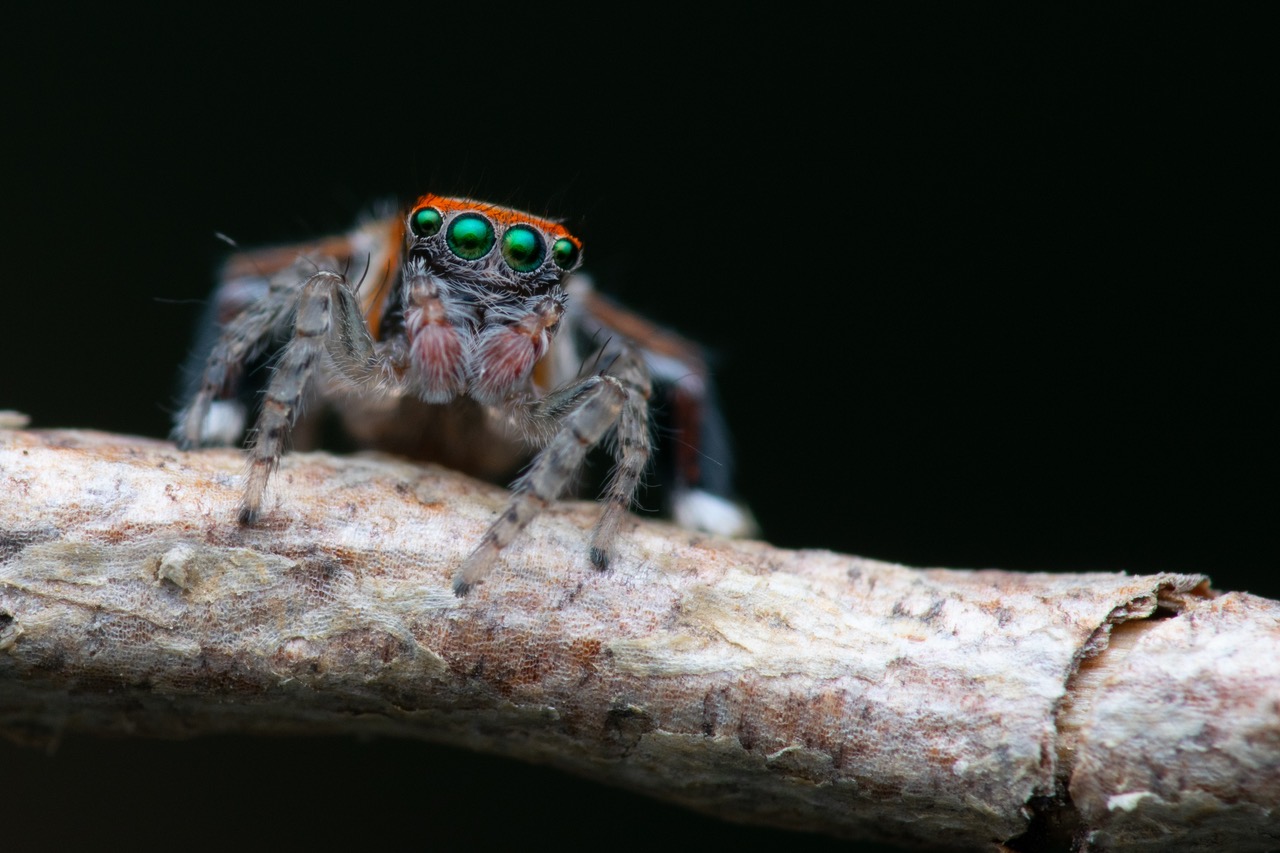Articles » Design
One family, with one child in high school, one in junior high and one in elementary school, were going to start with just one video clip from Michael Behe. The idea was, like the thin edge of the wedge, to first catch their attention. But everyone was so intrigued, that they watched all five episodes in one sitting! Read the rest of this entry »
The media are full of accounts of how people have used their unexpected “down time” at home during the COVID pandemic. What we chose, be it bread baking or house-cleaning or crafts or whatever, obviously reflected personal preference. As far as I was concerned, this time was a golden opportunity to do some extra scientific reading. It all began with an article in Nature that promoted an ancestral relationship for red seaweeds with an organism that was the exact opposite of all the features in red seaweeds. Perhaps I lack imagination but I could not believe that this prestigious journal had indeed published such an argument. It seemed hilarious to me. Read the rest of this entry »
Dr. Jerry Bergman, who needs no introduction to readers of Dialogue, is the author of a delightful new book for families and animal-lovers and all who enjoy fascinating details from nature. Readers of Dialogue, for more than fifteen years, have been blessed with little known insights into some well-known creatures. His new book Wonderful and Bizarre Life Forms and Creation is a collection of the “best of Bergman” from Dialogue plus a few completely new chapters. The twenty-three chapters present each creature with pictures and highlights. This is an attractive and well documented book in full colour, which will inspire much reflection and discussion. Many will want to buy several copies, one for personal use, and others for those special people in their lives! Read the rest of this entry »
Order OnlinePterosaurs (Greek pteron and sauros, meaning “wing lizard”) are constructed from a combination of the characteristics of mammals, birds and dinosaurs with one of the weirdest looking beaks possible added on. This example points to the problem of taxonomy, the science of classifying life. Pterosaurs fly like birds and can flap their “wings” like a bird. They also can soar like an eagle using bat-like wings made from a flap of skin stretched between their body and a long fourth finger called the wing finger. They also have many body traits like dinosaurs. For this reason, they are often referred to as flying dinosaurs, or dragons of the air (Unwin, 2006, p. 2). Ironically, they are classified as reptiles likely because birds supposedly evolved after them.
Pterosaurs were first discovered in 1784 in the German Solnhofen limestone quarries. This is the same location where another strange creature, Archaeopteryx, originally identified as a pterosaur, was found (Clarey, 2015, p. 66). Twenty-nine pterosaur species, over 26% of the 110 pterosaur species currently known (in about 85 genera), have been found in Solnhofen limestone quarries alone.
It was a surprise to read in the September 17 issue of Nature1 that fruit flies have some interesting things to teach us in the field of technological applications of extremely thin protective coatings.
For this story, we focus on their beautiful red eyes. Like all insects, fruit flies have compound eyes consisting of multiple miniature light receptors which focus on one spot at the back of the eye. We immediately notice that these compound eyes tend to bulge outward, or at least they are highly exposed. There are no eyelids to protect them from damage and/or to protect them from glare. It was back in the 1960s and 1970s that biologists began to notice that insect eyes seem to have some protection after all. Depending upon the lifestyle of the insect, their eyes seem to have anti-reflective or anti-adhesive protection. An anti-reflective coating allows more light to be transmitted through a transparent layer than would normally occur. And an anti-adhesion coating repels water from such a surface. Read the rest of this entry »
For almost everyone, the year 2020 has certainly presented obstacles to our normal tasks and social gatherings. So it was that CSAA, like many Christian organizations, found that an on-line fall program offered the best hope of sharing our message. Blessed with someone on our team with expert computer skills, the appropriate programs were selected to make the event possible and professional. When David Coppedge of southern California agreed to be our speaker, we were so pleased! All the pieces of the organizational puzzle had fallen into place. One benefit of an on-line event, we discovered, was that people from as far away as Ontario and B.C., were able to enjoy the program. Read the rest of this entry »
I remember hearing a biologist from Bristol in England. He was talking about his studies on diatoms (algae with glass walls). He described how he set out to study the activities of these cells on the nearby seashore. To collect the diatoms, he said, he used English toilet paper which was scratchy and impervious to water. The English students laughed uproariously at this. The Canadians, sitting straight-faced, did not realize this was a joke! At any rate what he found was that the algae emerged from below the sand surface during low tide in the day, but they then moved back under the sand before the tides returned at a different time every day. This is the kind of timekeeping ability in organisms that biologists were beginning to study. There were studies on people living alone in dark caves, studies on algae that glow in the dark, and fruit flies that emerge from the pupa at a certain time of day. How do they keep track of time? Read the rest of this entry »
Versatile and Beautiful
Have you ever noticed how beautiful objects are which are made of wood? The people of Bible times also appreciated and used beautiful wood. The ancient Phoenicians (Canaanites) exported cedar wood for temples and palaces of many contemporary empires. One of their more famous customers was the Assyrian Sennacherib (about 700 B.C.) who commissioned two fleets of ships to be built from the cedars of Lebanon, one for the Tigris River and the other on the Euphrates River. King David himself made extensive use of cedar wood in his palace and his son, Solomon, proved to be even more enthusiastic about the cedars of Lebanon (Cedrus labani). Solomon promised massive payments to his friend and father-in-law King Hiram of Tyre in return for importing cedar trees for the temple. Much later, the Romans sought cedar wood from Lebanon for their own ships. However, Emperor Hadrian cautioned against over-exploiting this resource. Unfortunately, nobody listened and few of these trees remain today. Read the rest of this entry »
A lot of people in these COVID times, especially young people, are growing tired of the same old scene, the same four walls, the same view out the windows. No matter how beautiful the scene, it soon ceases to interest us if that is all we see. Nevertheless, even in our same old environments, it is still possible to maintain the flame of interest in the creation. Some young people in Alberta recently shared with me some of their interests in the creation. Clearly their stories show how they are keeping their interests alive. Indeed, these stories can help enhance our appreciation of the creation too. Read the rest of this entry »
For many years, evolutionists have claimed that the bulk of the human genome is junk, debris left over from long periods of evolution. These people should rather have asked what was the function of these long stretches of non-coding DNA (about 97%). Recent research such as the Human Genome Project (HGP) has vindicated those who rejected the junk DNA idea and the insights keep on coming! Read the rest of this entry »
There is no doubt that we are all tired of hearing about viruses! However, they actually do demonstrate some interesting features when we look at them more closely. These submicroscopic particles can reproduce themselves only inside a living cell. All life forms are susceptible to attack by at least one kind of virus. Basically, a virus consists of a protective protein coat with genetic information (RNA or DNA) enclosed inside. In that viruses commandeer the life processes of a cell which they have invaded, they tend not to need a lot of genetic information. Mainly their information deals with how to synthesize the protein coat and any associated molecular machines for packaging the genetic material into the protein capsid (coat). Read the rest of this entry »
One of the most abundant wild mammals living in moderate latitudes is the common squirrel. Squirrels thrive in almost every habitat, from tropical rainforest to semiarid desert. They avoid only the cold polar regions and the driest deserts. Squirrels are also one of the very few mammals that thrive in cosmopolitan areas. Some wild squirrels have even become pets of a sort, or at least comfortable around people, if the human is patient and not aggressive towards the animal (Rose, 2014). As two of the leading squirrel authorities observed, “one can only marvel at how well adapted squirrels are to exploiting a forested environment” and, one could add, an urban environment as well (Steele and Koprowski, 2001, p. 11). Read the rest of this entry »
Canada’s is proud of her connection with some great inventors, although sometimes the connection is a little remote. Consider the story of Guglielmo Marconi’s invention of wireless communication (radio). He spent only three weeks in St. John’s Newfoundland, but he made the city famous nonetheless. It was in mid-December 1901 that Marconi successfully received signals sent by collaborators from Cornwall, England, a distance of 3430 km (2100 miles). Within a few days Canada concluded an agreement with the inventor for the construction of a wireless communication station in Cape Breton. This provided him with a subsidized monopoly. Marconi then left Canada and the rest is history. Read the rest of this entry »
The Bible tells us that Moses was instructed in all the wisdom of the Egyptians. He used this training when he was called upon, later in life, to lead the Children of Israel through the desert and to write an account of their history. Obviously, Moses did not adopt the pagan philosophy in which his training in Egypt was couched. He evaluated what he heard.
In similar fashion, young Christians are encouraged to pursue modern learning, according to the talents with which they have been given. Like Moses too, they are expected to evaluate the modern explanations. In the light of the complexity of many modern disciplines however, it is obvious that students need help. They need trusted advisors to help them sort through the onslaught of information.
To this end, Creation Science Association’s Margaret Helder has developed a novel tool to assist students embarking on new courses in biology. Since much of the material taught in these courses is based on studies conducted since the year 2000, there are many new terms and concepts involved.All of them are defined in terms of evolutionary assumptions. The definitions available, on-line, all come from an evolutionary agenda. But the data themselves actually support creation! Read the rest of this entry »
The ubiquitous spiders are the unsung friends of humans. Although spiders are widely feared, very few species are dangerous to people. Spiders bite humans only in self-defense, and unless you are allergic to the venom, few spider bites cause stinging worse than a mosquito bite or even a bee-sting (Vetter, 2008). Spiders feed on our most-common indoor pests, including roaches, mosquitoes, flies, and moths. Only one type is a herbivore, the rest are carnivores. An estimated up-to-800-million tons of insect prey are annually consumed by the spider community, reducing the need for dangerous pesticides (Nyffeler and Birkhofer, 2017). Read the rest of this entry »


